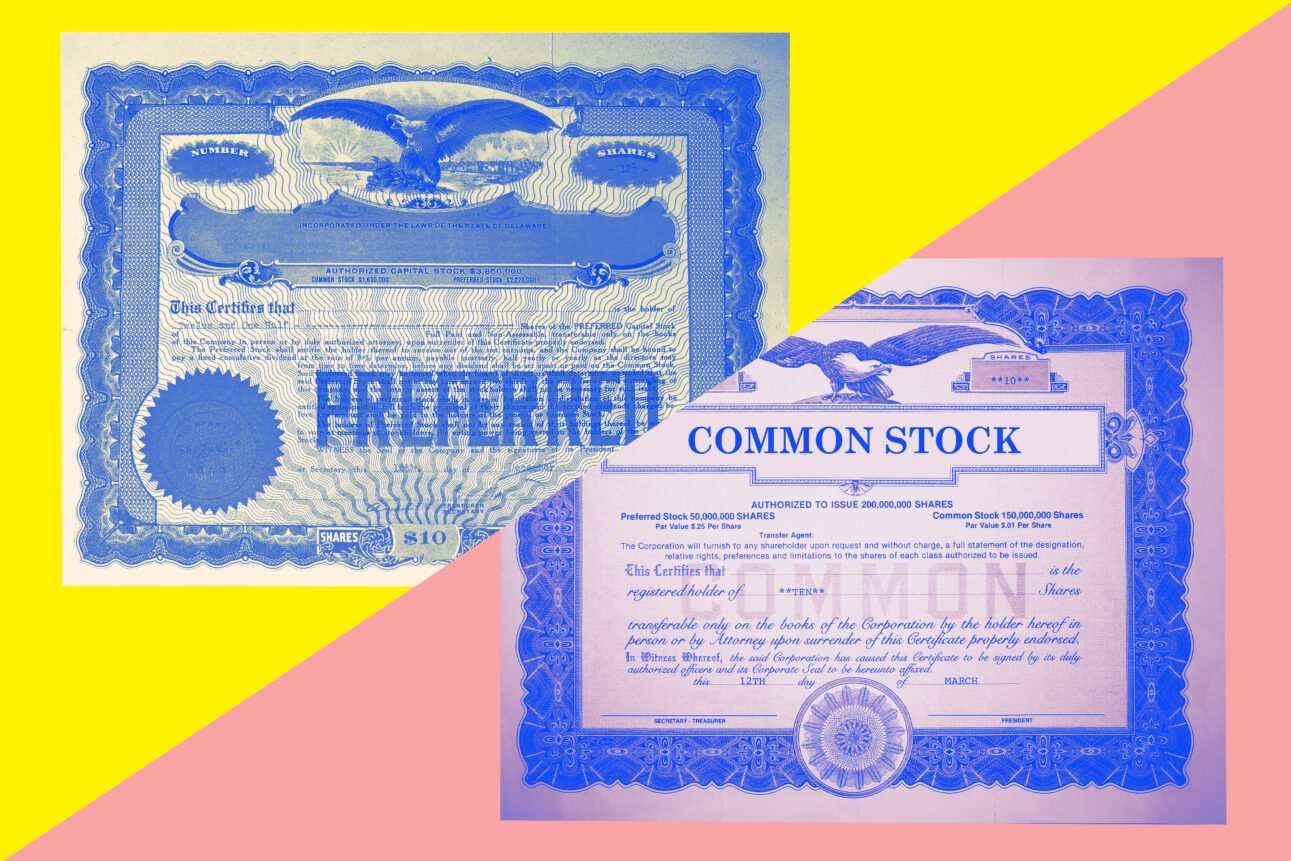The Income Component
Preferred stock is an equity security with a fixed income component. The preferred stockholder invests for the fixed income the preferred shares generate through semiannual dividends. Preferred stock has a stated dividend or fixed rate the corporation must pay its preferred shareholders. Growth is generally not the overarching goal of investing in preferred shares. While several types of preferred stock exist, all have the same basic features.
Preferred stock has the following perks:
- Fixed Income
- Stated Rate for Dividends
- Semi-Annual Dividend Payments
- Occasionally Have Adjustable Rate
Par Value
Par value on preferred stock is vital to consider because the dividend is based upon it. The par value for all preferred shares is $100 unless otherwise stated. Companies generally express the dividend as a percentage of par value for preferred stock.
Remember that par = $100
Here’s an easy example:
How much would the following investor receive in annual income from the investment in the following preferred stock?
100 shares of XYZ stock, 9% preferred
$100 x 9% = $9 per share x 100 = $900
How Are Preferred Stockholders Protected?
The dividend on preferred shares is a secure investment as it must be paid before dividends are paid to common shareholders. This gives the preferred shareholder a priority claim on the corporation’s distribution of earnings. In the event of a corporation liquidating or declaring bankruptcy, the preferred shareholders are paid before any common shareholder, giving the preferred shareholder a higher claim on the corporation’s assets.
Let’s Talk About Caveats To Preferred Stock
Caveat #1
A call feature allows the corporation to “call” in or redeem the preferred shares at its discretion or after a certain period of time has expired. Call features benefit the company, not the investors. Most callable preferred stock may not be called in during the first few years after its issue. In the finance industry, this is called “call” protection. In any event, many callable preferred shares will be called at a premium price above their par value, which is to the investor’s benefit.
You may be wondering why a corporation would “call” in their preferred stock shares. Well, there are a few reasons to consider. A corporation may want to call in their preferred shares to eliminate paying the fixed dividend payment to shareholders. If interest rates decline, it’s in the best interest of the corporation to call in their existing preferred shares so they can attempt to issue new preferred stock shares at a lower interest rate, which saves the company money in the long run.
Caveat #2
Additionally, most preferred stock is nonvoting. Occasionally, the holder of cumulative preferred stock may receive voting rights if the corporation misses several dividend payments.
Caveat #3
Fluctuating interest rates impact the value of preferred stock, an important concept for investors to understand. Due to the fixed income generated, the price of preferred shares will be more sensitive to changes in interest rates than the price of their common share counterparts. The concept to understand is the inverse correlation between interest rates and preferred stock. As interest rates decline, the value of preferred shares tends to increase. However, on the flip side, when interest rates rise, the value of the preferred shares tends to fall. This understanding empowers investors to make informed decisions.
Types of Preferred Stock
- Straight/Noncumulative
- Cumulative Preferred
- Participating Preferred
- Convertible Preferred
- Callable Preferred
Straight/Noncumulative
The straight preferred stock has no additional features. The holder is entitled to the stated dividend rate and nothing else. If the corporation cannot pay the dividend, it is not owed to the investor; in other words, there’s no dividend guarantee.
Cumulative Preferred
The cumulative features protect the investor if a corporation has financial difficulties and cannot pay dividends. Generally, dividends on cumulative preferred stock accumulate in arrears until the corporation can pay them. If the dividend on a cumulative preferred stock is missed, it is still owed to the holder. Notably, dividends in arrears on cumulative issues are always the first to be paid.
Participating Preferred
Investors holding participating preferred stock are entitled to the preferred rate and additional common dividends. The holder of the participating preferred received the dividend payable to the common stockholders over and above the stated preferred dividend.
Convertible Preferred
The convertible feature allows the preferred stockholder to convert or exchange their preferred shares for common shares at a fixed price, also known as the conversion price.
Callable Preferred
Investors need to know that “callable” preferred stock is more likely to be called when interest rates decline. Why? Remember the inverse correlation that affects preferred stock. When interest rates go up, the value of preferred stock goes down.
Get In Touch
Leeb Capital Management offers no-obligation consultations with an investment professional.


